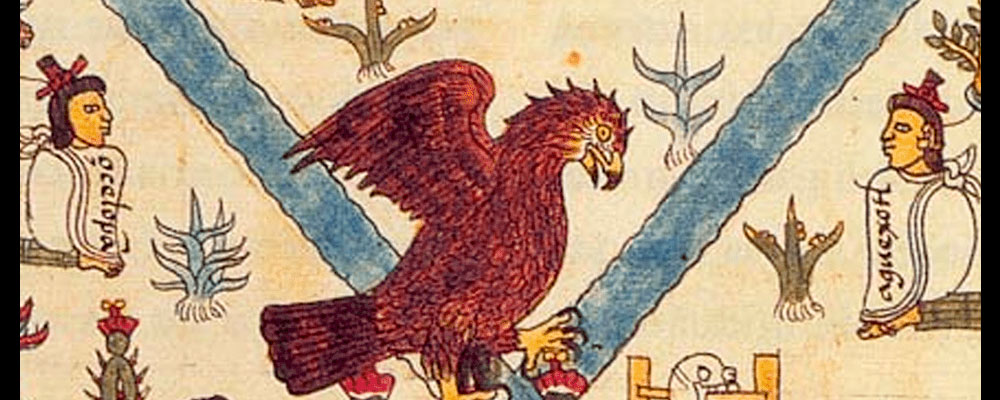
The Mexicas took advantage of the foods from Lake Texcoco like no other people. Thanks to this, they had a rich diet.
Despite the passage of centuries, the Mexicas continue to surprise us. Not only is the urban magnificence of Mexico-Tenochtitlan or their warrior spirit studied. The relationship of this Nahua people with the lake basin of the Valley of Mexico fascinates specialists. Besides adapting to its natural cycles, the Tenochcas made the most of its resources. Thus, the foods from Lake Texcoco were a fundamental part of this Mesoamerican culture.
The Mexica arrival to the Basin of Mexico: from hardship to ingenuity
After long years of arduous pilgrimage, the arrival of the Mexicas to the Basin of Mexico during the 14th century was anything but easy. They unsuccessfully tried to settle in Chapultepec but were expelled by a coalition of the main cities in the region: Azcapotzalco, Xaltocan, Culhuacan, and Xochimilco. After being vassals of the Acolhuas, the Tepanec lords allowed them to settle on an islet in Lake Texcoco. It was at this moment, according to tradition, that the Tenochcas found the sign from their god Huitzilopochtli to found their capital: the eagle perched on a prickly pear cactus on the islet that, over time, would become Mexico-Tenochtitlan. This event likely occurred in the year 1325 A.D.
Although the place had previous settlements, it did not seem to be the most suitable site to live. It was infested with mosquitoes and other pests. Also, being separated from solid land, it seemed impossible for that people to reside there. But against all odds, the children of the Fifth Sun found the most optimal way to make use of what the islet and Lake Texcoco offered them as daily sustenance.
The foods from Lake Texcoco
Over time, it became clear that the Mexicas not only became the most powerful people in Mesoamerica after defeating Azcapotzalco and other cities. It also showed how they learned to fully and balancedly exploit the animals and plants of Lake Texcoco.
The first foods they used were the eggs of aquatic insects, especially those of the shore mosquito and the water flea. With them, they prepared a small cake called ahuautle, currently known as “Mexican caviar.” This is a highly nutritious food. They also collected other insects such as ants, worms, grasshoppers, and jumiles. On the other hand, they fished and cooked axolotls, charales, and artemia, a crustacean from Lake Texcoco. Alongside these, they hunted different species of ducks and herons that inhabited the lake system, which they prepared in mole, tamales, and other dishes.
Besides the lake’s fauna, the Tenochcas also took advantage of the native vegetation. From its waters, they obtained different algae, especially tecuítlatl, whose name translated into Spanish means “excrement of the stones.” It was highly valued because it had a high protein content and a peculiar flavor. Today, we know this microalga as spirulina, which is used as a powerful dietary supplement. Other species they gathered from the shores were quelites (edible greens), purslane, tomatoes, ayocote (wild bean), teocintle (wild maize), tunas (prickly pear fruits), nopales (cactus pads), and quintoniles (amaranth).
Legacy of the foods from Lake Texcoco
Although Mexico-Tenochtitlan fell to the European forces and their allies on August 13, 1521, all the nutritional wealth that the Mexicas had obtained from Lake Texcoco endured. Even with the passage of time and the drying of the lake system, their wild foods became a gastronomic heritage for populations such as present-day Xochimilco. In the surviving lagoons of the ancient great lake, these foods rich in properties and history continue to be consumed.

